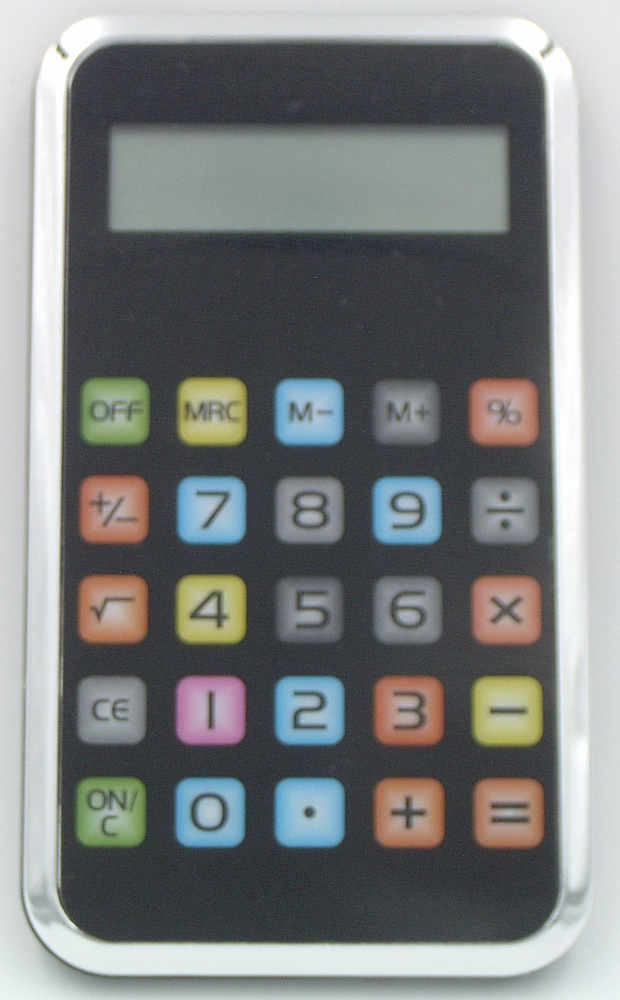

The Swaps tab interface is explained below. Swaps tab switch - click it to see the details on the swaps for the current trading instrument.The Margin tab interface is explained below.
#Magic calculator for stocks free

Risk tab switch - click it to see the current and potential risk profile.Main tab switch - it is currently turned on.Close button to remove the indicator from the chart.Minimization button to fold down the panel.The following controls and outputs are available: The main tab of the panel provides the primary control over the indicator's functions and serves to output the most important calculation results - position size, risk, reward, and risk-to-reward ratio. Position Size Calculator is available for both MT4 and MT5, but the MT5 version looks differently and provides better functionality because the platform itself is more advanced. This indicator is an evolution of the free online tool by the same name. Supports stop limit orders in MetaTrader 5.The trading script can also divide the position into several trades with different take-profit levels. Can be used together with a trading script (PSC-Trader) to make it easy for traders to open positions based on the calculations.Completely free and open-source project.Custom profiles restore panel's location, status, and settings.The indicator automatically saves and loads its inputs on timeframe change or platform restart, preserving your configuration efforts.Optional display of the point value for the calculated position size.Detailed swaps (rollover interest) information is available in a separate tab.You can enter a custom leverage to calculate position margin based on it.Calculator can show the maximum position size based on available margin.Information about required margin is available in a separate tab.You can see current and potential risk and reward profile.You can even calculate risk based on a given position size.Supports pending and instant orders (easy switching).If take-profit is given, the calculator shows the potential reward level and the risk-to-reward ratio.Alternatively, you can set them as multiples of ATR ( Average True Range).




 0 kommentar(er)
0 kommentar(er)
